Exhibition: Enrico Pedrotti
Opening: 31.1.17, 7 pm
Exhibition: 1.2. – 11.3.17
Curated by: Valentina Cramerotti
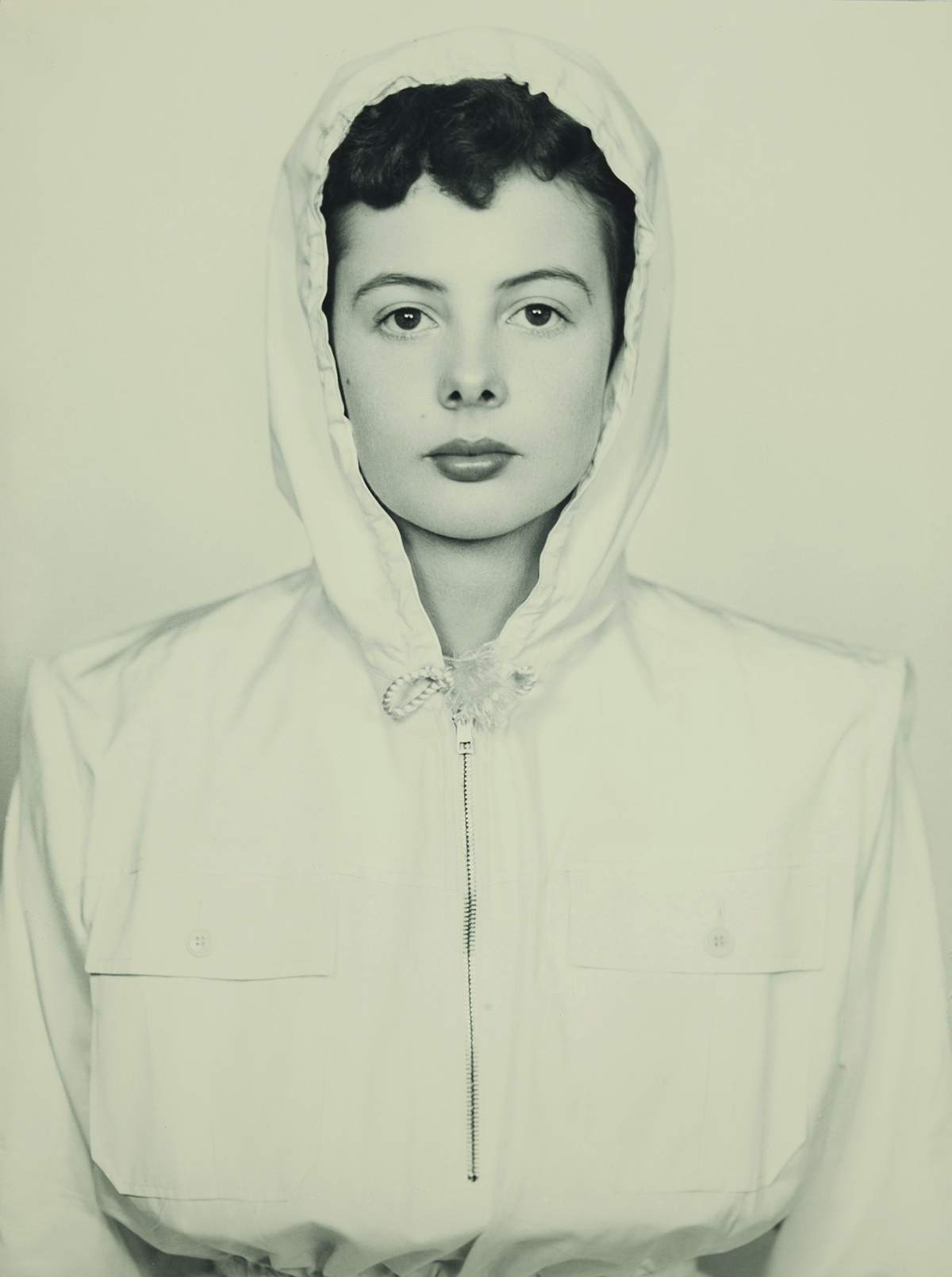
© Enrico Pedrotti
The exhibition shows 63 photos, one film and selected press material from the photographer Enrico Pedrotti, who worked in the Trentino South Tyrol region between 1920 and 1960. It is the first extensive opportunity to present Pedrotti’s oeuvre in its entirety. Till now, his work has been known only in specific contexts (mountain, portrait, futurism) and with individual photographs.
The focus of the exhibition is Enrico Pedrotti’s relationship to the ways of working of Italian photographers among the futurists – from Wulz to Parisio, from Castagneri to Tato – as well as to the German New Objectivity scene with its attention to clear forms and details; Pedrotti experienced important impulses from all of them. Accordingly, Pedrotti’s entire artistic development is examined in this exhibition for technical and stylistic borrowings and approaches; events and circumstances, inspirations and boundaries are shown that led him to develop his own personal way of working.
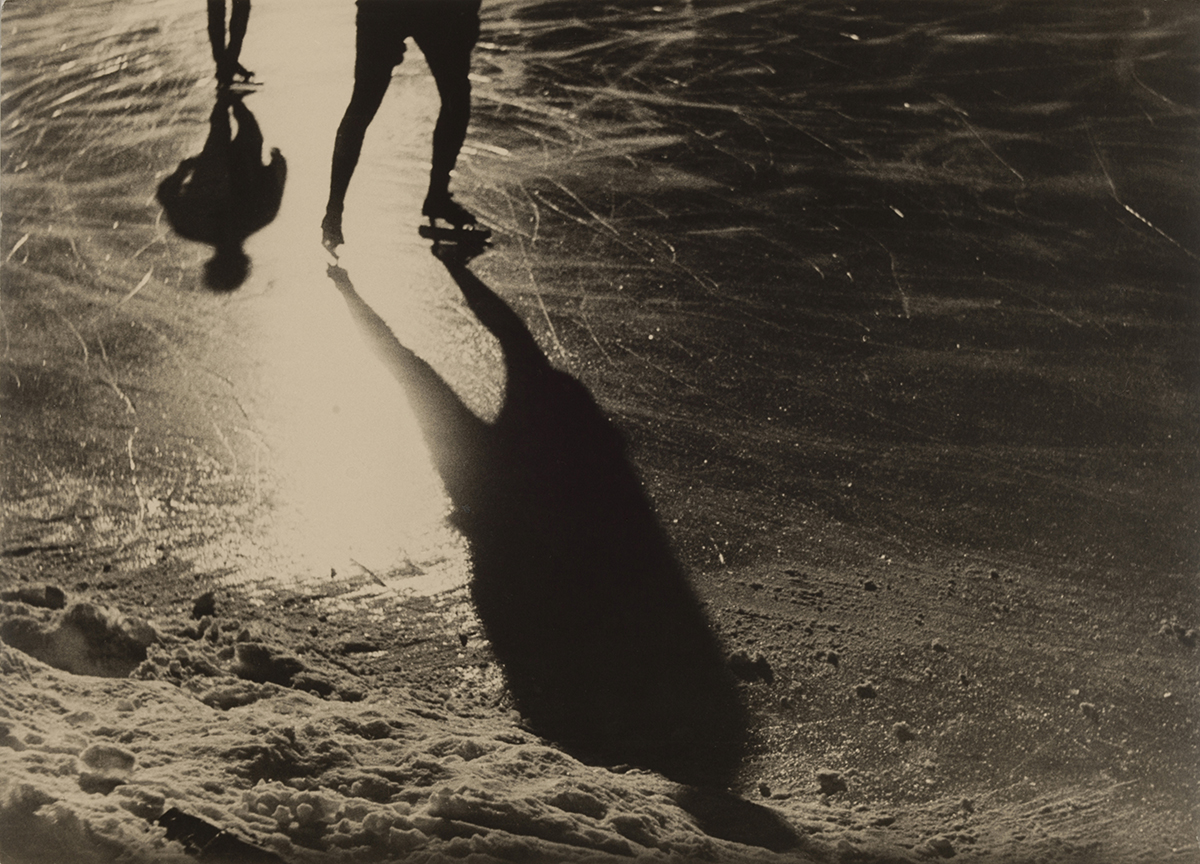
© Enrico Pedrotti
The photographs are from his son Luca Pedrotti’s Bolzano archive, which comprises, besides photos and negatives, the majority of the existing portraits and photomontages, as well as the complete fotocollage series that originated in collaboration with Fortunato Depero.

© Enrico Pedrotti
The selection of the exhibition highlights, besides his artistic successes, the photographer’s particular skill in reconciling his work as the operator of a photo studio for which all Bolzano knew him with his avant-garde research, which remained largely unnoticed by the public. The latter is what made Enrico Pedrotti as photographer one of the protagonists unleashing a wave of innovation in Italy and abroad in the 1930s. The first prominent mention can be found in the international magazine “Galleria”, which published his photograph “Raccoglimento” in 1934. What is even more significant is the mention of his name in the same year in “Luci ed ombre – Annuario della fotografia artistica italiana” with the print of his photo “Maschera”. This then appeared again in 1943 in the annual publication “Fotografia. Prima rassegna dell’attività fotografica in Italia” released by Domus, a magazine highly respected in the theoretical discourse on modern Italian photography. With the early use of the “high key” technique, which later became one of the main features of “Mediterranean” photography, Pedrotti anticipates by several years the study of the high key in photography, before the well-known group “La Bussola” found their expression of it in their manifesto “Idealism of Photography” in 1947 and in a series of highly to over-exposed photos.

© Enrico Pedrotti
There are no documents documenting a relationship to the futuristic avant-garde, but the photographer’s oeuvre repeatedly includes topics and techniques that were dealt with by this group: movement, cars, industry, play of shadows, photomontage and photo collage. The references and the comparable way of working can be clearly ascertained on the basis of a few exemplary works, including “Acrobazia 1” (1928), “Tracce” (1929), “La stazione” (1934) and “Ombre 1” (1938). Noteworthy is the technique applied by Pedrotti of stringing together details of photographs in his photomontages. Here, Dadaist and surrealist influences are brought to bear; it is in any case a distinction as compared to the more frequently applied overlapping of several negatives introduced by the well-known Bragaglia brothers. There is a whole series of examples of this technique in the archive of his son Luca Pedrotti, including “Metropolis” (1928), “Salto triplo” (1936), the design of advertising for Gioventù italiana del Littorio from 1938, and “Scalata alle Dolomiti” (1938). In his collaboration with the artist Fortunato Depero for the fotocollage series in the magazine “Enrosadira. Dolomiti Trento Garda: pubblicazione semestrale del Comitato provinciale per il turismo di Trento”, the photographer reached the zenith of his artistic career: 4 pages in the summer issue of 1939 of the renowned magazine, and above all a joint original (photography by Pedrotti, edited by Depero) that probably remained in the family archive because it was not published on that occasion. It was not the only opportunity for an artistic exchange with Depero, but probably the most outstanding in the context of their collaboration in advertising and print media, which began in 1936 with the magazine “Neve e Ghiaccio” and continued in 1937, designing the exhibition stand for Trentino for the tourism exhibition of Padua, of which Depero owned sketches which now belong to the MART. The connection to the areas of advertising and print media, in which Enrico Pedrotti was interested all his life – ultimately they were the first and only possibilities for him to make his work known to the public – is particularly highlighted in the exhibition. Before the war there were co-operations for advertising campaigns with the brands Pirelli, Motta, Lambretta, Forst and most notably Agfa, with Ferrania from the 1950s, then again with regional tourism associations, for which Pedrotti designed postcards, posters and advertising panels. He had requests from many magazines for their illustrated pages. From “Trentino” to “Dolomiti”, as well as “Enrosadura” and “Neve e Ghiaccio” already referred to: these magazines were for Pedrotti a welcome opportunity to try out new design principles and to show his first attempts in the field of photomontage.
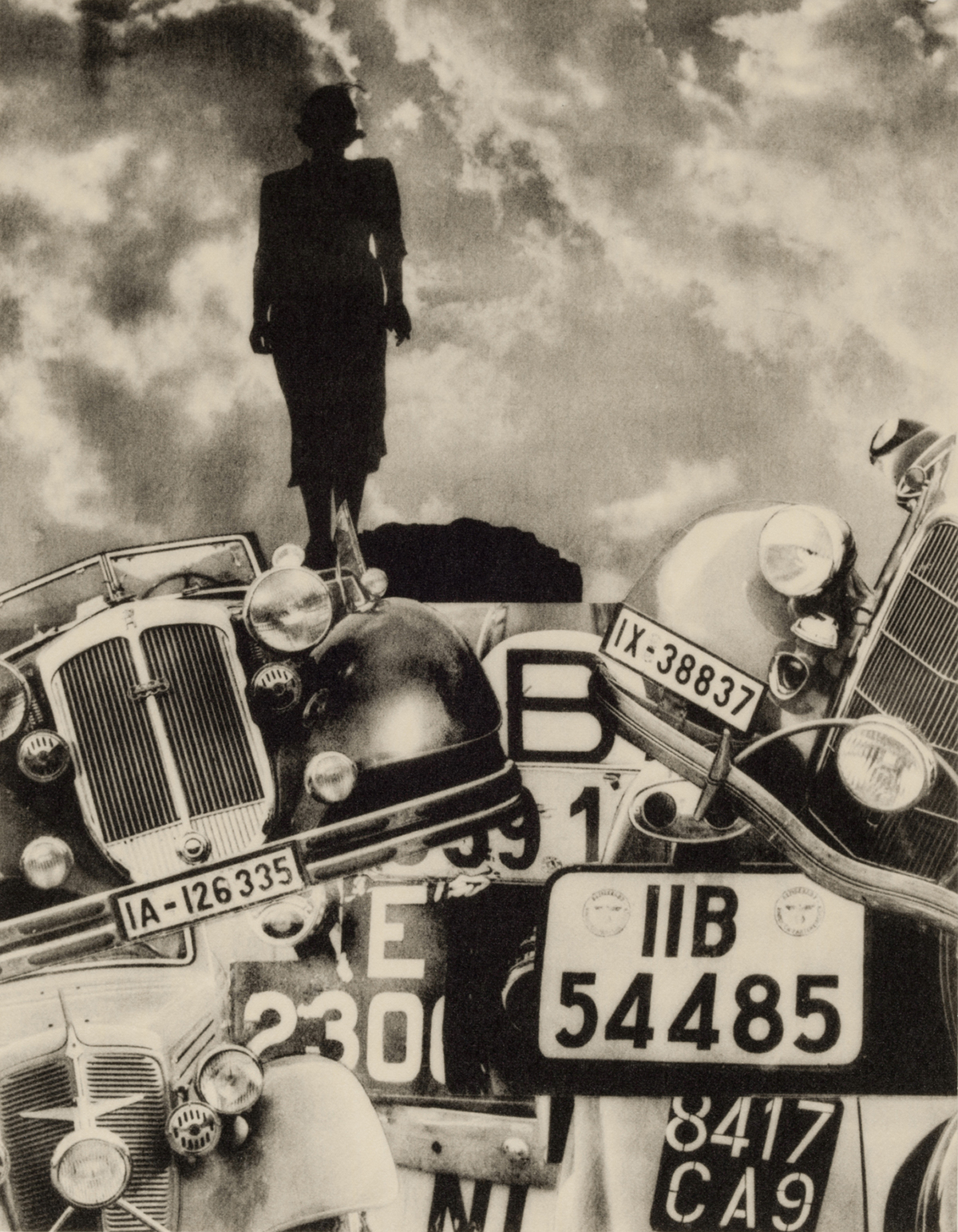
© Enrico Pedrotti
Now – against the backdrop of this new and unknown Pedrotti, with the knowledge of one who has already been able to cast a glance at the most remote corner of the workshop – the moment has come to take a look at the more classical, better-known production of Enrico Pedrotti. The portraits, the mountain and industry photography, normally the starting points for Pedrotti’s photography, now appear, for understandable reasons, virtually contemporary works, in any case a far cry from the usual documentary photography of that time. The key is – nomen est omen – the high key: the use of this technique, the brightness, the use of light, the extremely white, shadowless photos, the contours only hinted at are in Pedrotti’s works almost from the start, at any rate long before they became a hallmark of his personal style, and would characterise his work, including the commercial production.
About the portrait Pedrotti himself wrote for Ferrania: “The following applies for the professional: he must continuously raise the standard, the aspiration of his work. From his clientele, too, he should demand the highest standard and thus also have a pedagogic effect, even if his influence is limited. The client that comes into the studio with a magazine in her hand and requests a portrait in a certain technique is not a rarity today. The cinema and the glossy magazines have accomplished a great deal in this area. It is up to us to take this development into account to further educate ourselves, in particular about the accomplishments of cinema, this twin sister of photography.” These reasons influenced the selection of the surprisingly “modern” portraits in the exhibition.
The mountain is depicted in the photographer’s photos by cliffs, woods, clouds in varying rhythms and moods; sometimes the metamorphic element of the photos creates the semblance of alien worlds and dimensions. Long shadows are often the only protagonists on the white coat of snow; they do not disturb the idyll of the landscape, but rather fit into the visual composition in an integrating way, representing the human presence, effects that were consciously tried out in black and white, notwithstanding the rise of colour photography. Mountain climbing as a topic and the increasing popularity of winter sports are typical for the 1930s. Pedrotti followed this evolution closely and documented it not only with a camera – many skiers in action ended up on negatives this way – but also with a film camera. The film “Monologo sul sesto grado” from 1953 can be seen in the exhibition in a last remaining b/w version in 35mm format, owned today by the Film Archive of the Club Alpino Italiano in Milan. In 1954, this film won the “Rododendro d’argento” at the “Film Festival della Montagna di Trento” and was discussed in the magazine “Cinema Nuovo”. This film was inspired by the films of Arnold Fanck and Luis Trenker from the twenties, which have become famous – bringing us once again to the history of European photography.

© Enrico Pedrotti
This project on Enrico Pedrotti is the attempt to account for the position as pioneer that he often occupied in Italian photography of the time. The topics and techniques of Pedrotti that are significant for the selection of the exhibition, the colour, the high key, the link between photography and print media, between photography and advertising, and particularly the use of photomontage and photo collage, are consistently the topics and techniques of the avant-garde within the panorama of photography developing in the first half of the 20th century. Enrico Pedrotti grappled with this new direction in Italian photography and achieved significant success without neglecting the commercial aspect of his work. He tried continuously, usually on his own, to expand his horizon and keep himself informed about the newest developments in the country and abroad by travelling frequently and studying the specialist literature on photography. The German scene fascinated him in particular; he found it livelier and more adventurous, which corresponded to his own way of working and which was still lacking in Italy at this time, with the exception of the photodynamism of the Bragaglia brothers, the only truly pioneering innovation in the national area.
Even if Pedrotti did not clearly identify with a direction or movement – one should not necessarily assign him to one of the movements emerging at that time – he succeeded in taking into account the significant innovations and discourses of the 1930s in his work in a personal way that was never superficial, developing his own signature style in the context of his immediate surroundings and the time he was active – and in fact beyond that.
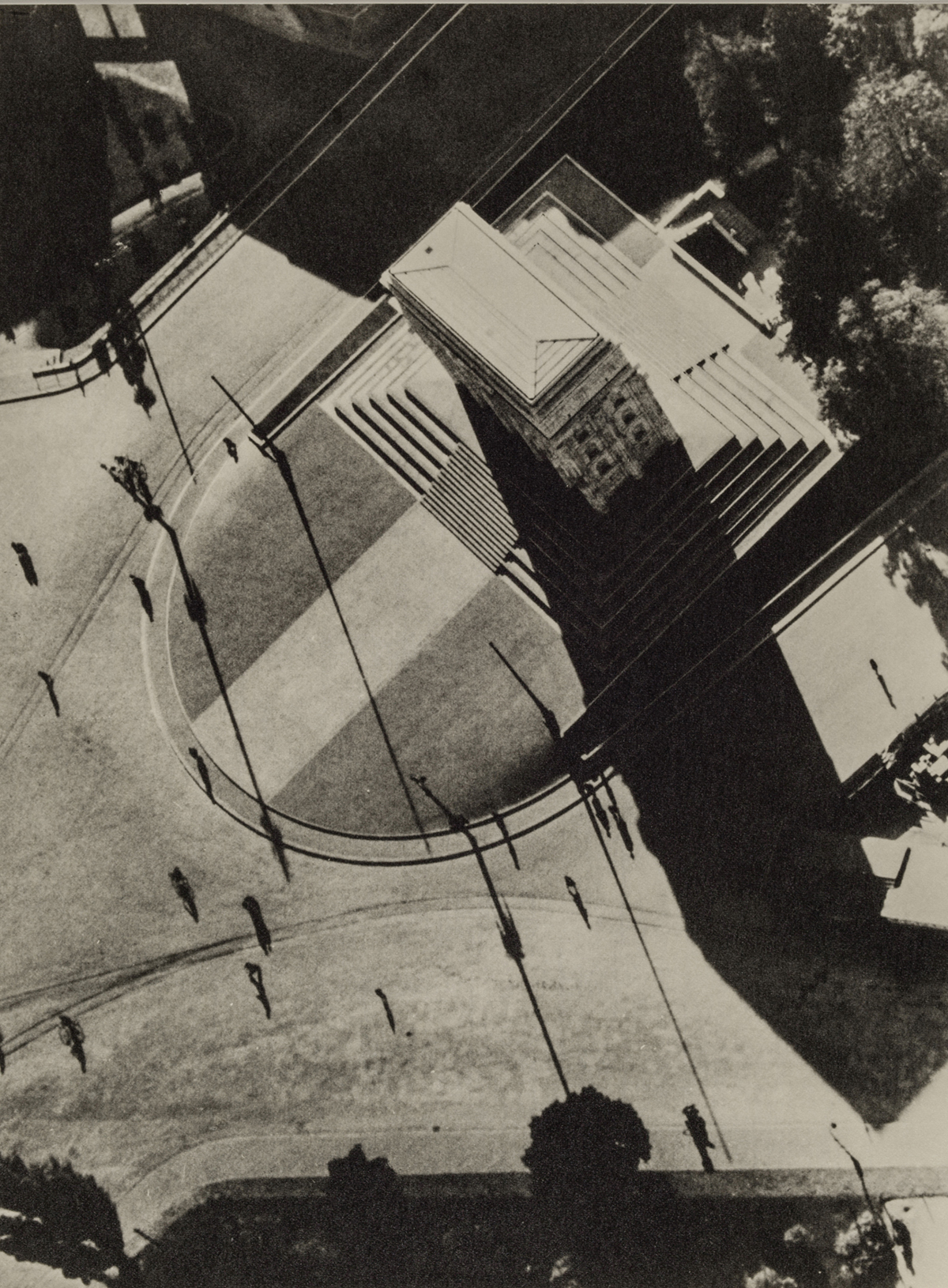
© Enrico Pedrotti
Valentina Cramerotti

Enrico Pedrotti, exhibition view, photo: Claudia Corrent

Enrico Pedrotti, exhibition view, photo: Claudia Corrent
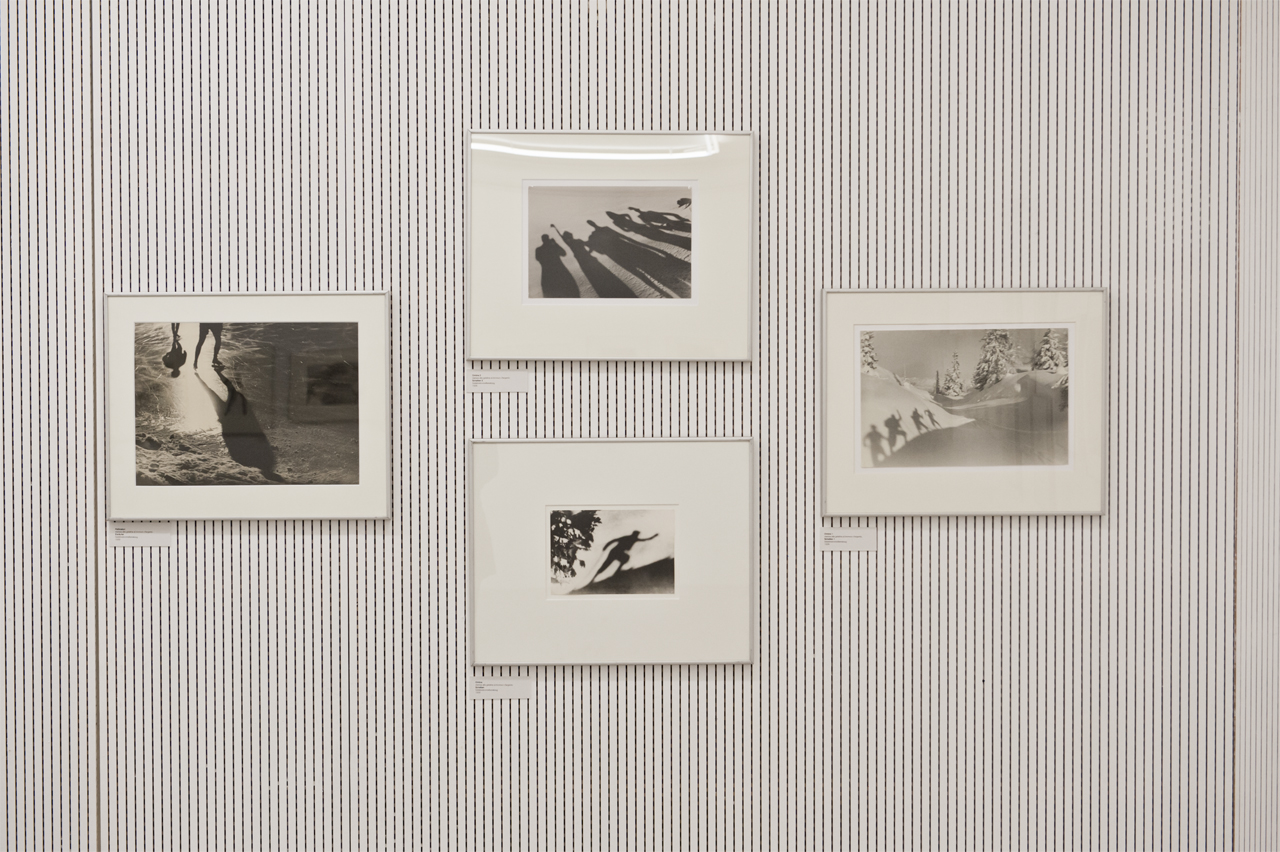
Enrico Pedrotti, exhibition view, photo: Claudia Corrent
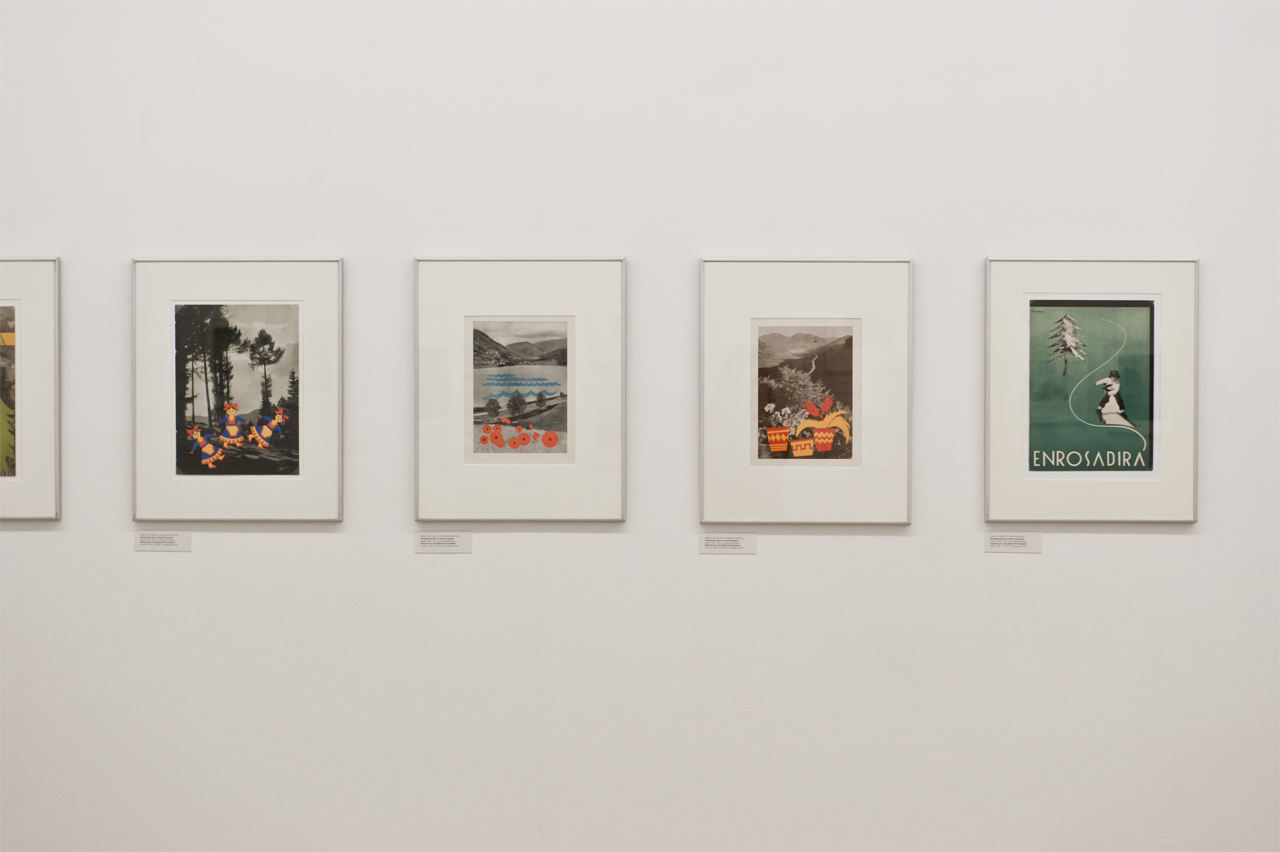
Enrico Pedrotti, exhibition view, photo: Claudia Corrent

